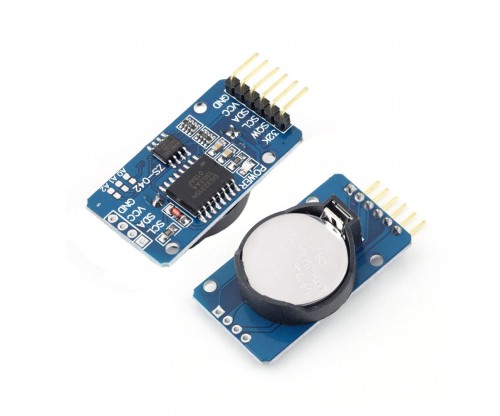- Forums
- Product Forums
- General Purpose MicrocontrollersGeneral Purpose Microcontrollers
- i.MX Forumsi.MX Forums
- QorIQ Processing PlatformsQorIQ Processing Platforms
- Identification and SecurityIdentification and Security
- Power ManagementPower Management
- Wireless ConnectivityWireless Connectivity
- RFID / NFCRFID / NFC
- Advanced AnalogAdvanced Analog
- MCX Microcontrollers
- S32G
- S32K
- S32V
- MPC5xxx
- Other NXP Products
- S12 / MagniV Microcontrollers
- Powertrain and Electrification Analog Drivers
- Sensors
- Vybrid Processors
- Digital Signal Controllers
- 8-bit Microcontrollers
- ColdFire/68K Microcontrollers and Processors
- PowerQUICC Processors
- OSBDM and TBDML
- S32M
- S32Z/E
-
- Solution Forums
- Software Forums
- MCUXpresso Software and ToolsMCUXpresso Software and Tools
- CodeWarriorCodeWarrior
- MQX Software SolutionsMQX Software Solutions
- Model-Based Design Toolbox (MBDT)Model-Based Design Toolbox (MBDT)
- FreeMASTER
- eIQ Machine Learning Software
- Embedded Software and Tools Clinic
- S32 SDK
- S32 Design Studio
- GUI Guider
- Zephyr Project
- Voice Technology
- Application Software Packs
- Secure Provisioning SDK (SPSDK)
- Processor Expert Software
- Generative AI & LLMs
-
- Topics
- Mobile Robotics - Drones and RoversMobile Robotics - Drones and Rovers
- NXP Training ContentNXP Training Content
- University ProgramsUniversity Programs
- Rapid IoT
- NXP Designs
- SafeAssure-Community
- OSS Security & Maintenance
- Using Our Community
-
- Cloud Lab Forums
-
- Knowledge Bases
- ARM Microcontrollers
- i.MX Processors
- Identification and Security
- Model-Based Design Toolbox (MBDT)
- QorIQ Processing Platforms
- S32 Automotive Processing Platform
- Wireless Connectivity
- CodeWarrior
- MCUXpresso Suite of Software and Tools
- MQX Software Solutions
- RFID / NFC
- Advanced Analog
-
- NXP Tech Blogs
LPC1768 GPIO states after going into Deep Power-Down mode
I'm using LPC1768 and I intend to use the Deep Power-Down mode to minimize the power consumption and got pretty good results but I still do not understand how the GPIO works after going into this mode or what are their state in this mode.
In the documents AN10915: Using the LPC1700 power modes it has said :
1. All General Purpose I/O pins (GPIO) default to input with pull-up resistor enabled. Using the PINMODEx registers, first, disable the internal pull-ups on all general port pins. Second, configure the IOs as GPIO outputs and drive them low,
Now I did this and the current consumption increased by the factor of 50 !
Before this the whole current was 170uA but after adding this part it turned out to be 40mA !
I don't know what was wrong. I even used the NXP sample. So I wiped out this part of the code.
Now I have a weird problem. I have this DS3231 RTC Module connected to my board and I connected its VCC to a LPC1768 GPIO and in ON state it draws about 1mA but when the controller goes to Deep Power-Down mode it still has a voltage about 1.3V and it adds about 280uA to the board's whole current consumption.
Now why there would be any power coming from a GPIO after going into Deep Power-Down mode? Isn't all peripherals supposed to be turned off?
What actually happens to GPIOs?
Does it really matter to set a state before going into Deep Power-Down mode?
By the way this is the RTC module I'm using.

Hi Mosi Yaghi,
Thank you for your interest in NXP Semiconductor products and the opportunity to serve you.
1. I was wondering if you can share the sch of your board and test demo, then I can replicate the issue , as I have no idea with the current consumption increase dramatically after do the pin configuration.
2. In your second test, did you ever try the following step?
Using the PINMODEx registers, first disable the internal pull-ups on all general port
pins. Second, configure the IOs as GPIO inputs and using an external resistor, pull
the IOs high or lowI'm looking forward to your reply.
Have a great day,
Ping
-----------------------------------------------------------------------------------------------------------------------
Note: If this post answers your question, please click the Correct Answer button. Thank you!
-----------------------------------------------------------------------------------------------------------------------